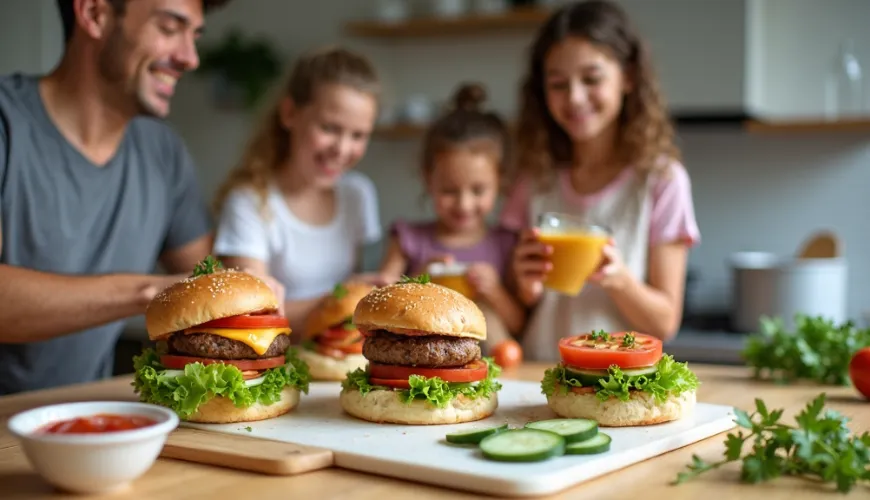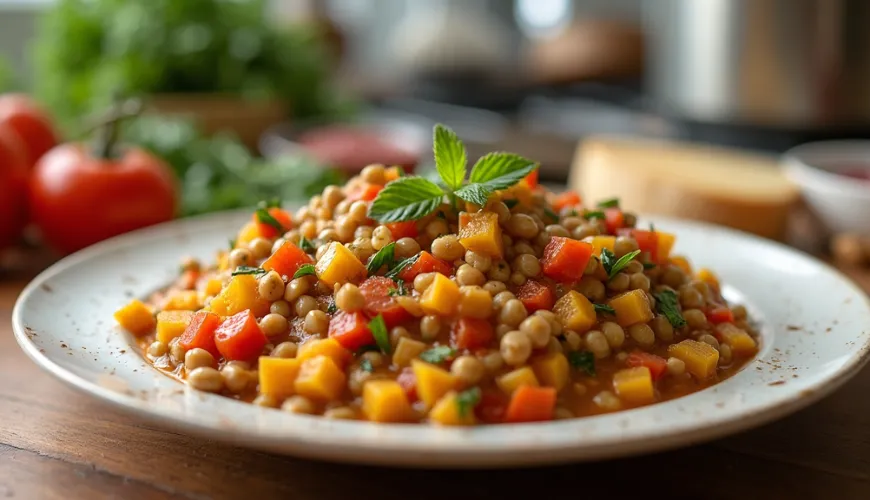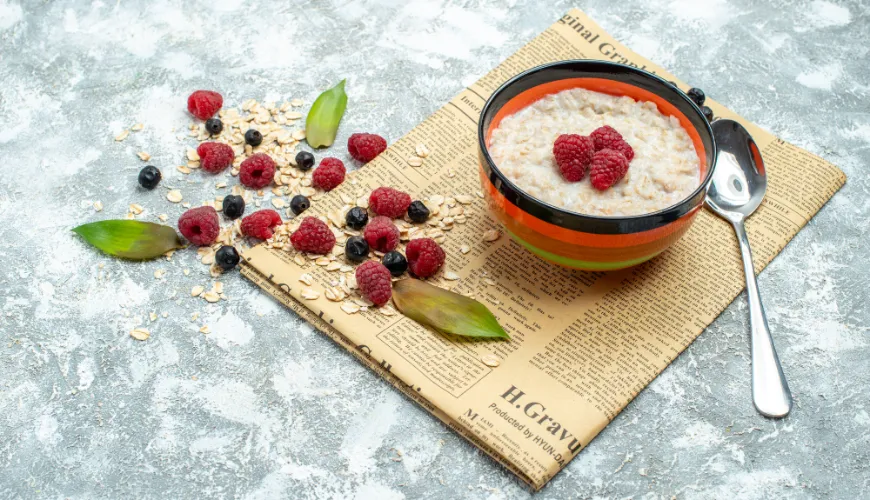
Vegetable Goulash with Zucchini for Summer Cooking in the Garden

Vegetable Goulash with a Twist - A Healthy Take on a Czech Classic
Goulash – a word that evokes the image of a hearty, aromatic sauce slowly simmering on the stove, its scent wafting all the way to the backyard. In traditional Czech cuisine, goulash is typically associated with beef, onions, and a hearty flour-based side dish. However, in an era where more people are turning to plant-based diets and seeking lighter, healthier alternatives, vegetable goulash is earning its place at the table, appealing to more than just vegetarians.
And why not? Vegetable goulash can be just as rich and satisfying as the meat version – plus, it offers endless variations, each offering a different taste. Whether you opt for red lentils, beans, zucchini, or add a bit of meat for those who love the classic, vegetable goulash finds fans across generations.
Vegetable Goulash as a Complete Meal
Vegetable goulash has a significant advantage: thanks to the combination of legumes, vegetables, and well-chosen spices, it is a nutritionally balanced meal that satiates, provides the body with necessary nutrients, and is easy on the digestion. When properly prepared, it tastes great even the next day – making it an ideal choice for a lunchbox for work or a trip.
One of the most popular recipes in recent years is vegetable goulash with red lentils. Red lentils have a short cooking time, do not require soaking, and are rich in proteins, fiber, and iron. Combined with onions, peppers, tomatoes, and a touch of smoked paprika, you create a dish that not only feels homely but also pleases nutritionists.
Thanks to red lentils, the goulash gains a creaminess reminiscent of the traditional goulash based on softened onions and meat juices. Often, potatoes or sweet potatoes are added for more substance, or carrots and celery for additional layers of flavor.
Beans as the Base of Flavor and Texture
Another popular variant is vegetable goulash with beans. Beans – whether white, red, or black – are an excellent source of plant proteins and add a distinct texture to the goulash. If using canned beans, preparation is very quick. If you prefer dried beans, it's good to soak them beforehand – ideally overnight.
An interesting combination is a mix of red beans, corn, and peppers in a Mexican style. With a bit of ground cumin, coriander, and smoked paprika, you get a goulash reminiscent of chili sin carne – yet it remains true to the domestic style.
Beans also absorb the flavors of other ingredients and spices well, so don't be afraid to season generously. Garlic, marjoram, bay leaves, or a pinch of chili can turn an ordinary goulash into a true culinary experience.
Zucchini as a Summer Favorite
Vegetable goulash with zucchini is an ideal choice for summer when gardens are abundant with this vegetable. Zucchini is light, has a high water content, and yet can add volume and a slightly sweet taste to the goulash. Combined with tomatoes, eggplant, and red peppers, it creates an almost Provençal variant of the dish, reminiscent of ratatouille – but in a slightly heartier form.
The magic of zucchini lies in its ability to soften and absorb surrounding flavors even when briefly stewed. If you add a piece of smoked tofu or tempeh to the goulash, you get a very nutritious meat-free meal that satisfies even the most demanding diners.
In real life, many people have come to love zucchini goulash as a quick dinner after work. Just chop the vegetables, sauté in olive oil, add spices, and in 30 minutes it's on the table. It's also an ideal way to use up oversized zucchinis from the garden, which might not be as tender for grilling but are perfect for goulash.
And What About Meat – Does It Belong in Vegetable Goulash?
It might sound contradictory, but vegetable goulash with meat is a common variant that combines the best of both worlds. Meat, most often chicken or turkey, can be added to the vegetables for greater fullness and a more traditional taste. Such goulash appeals to families where one member eats vegetarian and others prefer meat – the base remains the same, and meat can be added at the end or prepared separately.
The key is that the meat here is not the flavor carrier but merely a complement. Thanks to the vegetable base with legumes and aromatic spices, the dish is rich and layered even without it. Vegetable goulash with meat can thus be a compromise between traditional and healthier eating, satisfying the whole household.
How to Make the Best Vegetable Goulash?
When preparing vegetable goulash, it's important to follow a few principles that ensure rich flavor and the right consistency. Whether you're making a version with lentils, beans, zucchini, or meat, some steps are universal:
- Base on onions: Thoroughly sautéed onions are the foundation of a good goulash, and this applies to the vegetable version too.
- Spices are key: Besides the classic sweet paprika, don't hesitate to add smoked paprika, cumin, or marjoram.
- Legumes add thickness: Red lentils or beans help create a thicker sauce even without flour.
- Time matters: Even vegetable goulash needs to stew for a while for the flavors to meld. Ideally at least 20–30 minutes.
- Don't skimp on herbs: Parsley, thyme, or oregano add freshness and balance the goulash's heartiness.
In households trying to reduce meat consumption while eating tasty and balanced meals, goulash has become a symbol of transformation. Once a heavy meal for workers, it now takes on a new form – lighter, more nutritious, yet still full of flavor. As chef Jamie Oliver said: “Food should be a joy, not a compromise.” And vegetable goulash is a beautiful example of cooking healthily, sustainably, and still delighting the palate.
Perhaps next time, when faced with the question of what to cook for lunch, you'll turn to it. Whether with lentils, beans, zucchini, or meat – goulash doesn't always have to be about meat. It can be about flavor, creativity, and that wonderful feeling of doing something good not only for ourselves but also for the planet.

